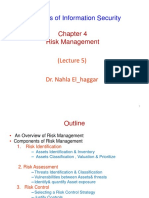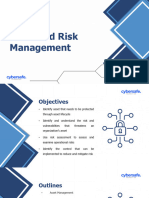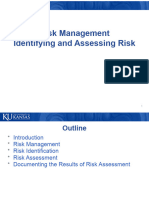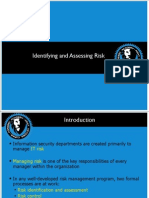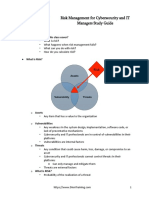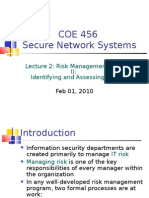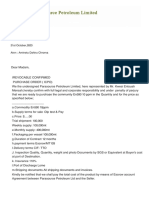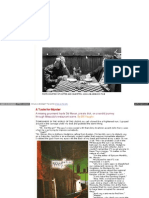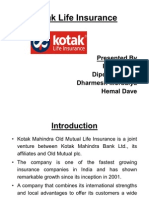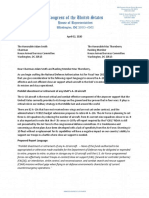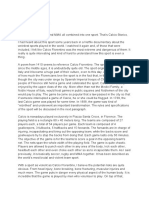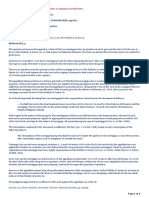0% found this document useful (0 votes)
14 views34 pagesRisk Managment Process
The document outlines the importance of risk management in computer security, detailing its definition, processes, and techniques for identifying and prioritizing risks to information assets. Key concepts include the roles of assets, threats, and vulnerabilities, as well as the steps involved in risk identification and assessment. It emphasizes the need for organizations to systematically evaluate risks to protect their information systems effectively.
Uploaded by
mupinibrendon12Copyright
© © All Rights Reserved
We take content rights seriously. If you suspect this is your content, claim it here.
Available Formats
Download as PDF, TXT or read online on Scribd
0% found this document useful (0 votes)
14 views34 pagesRisk Managment Process
The document outlines the importance of risk management in computer security, detailing its definition, processes, and techniques for identifying and prioritizing risks to information assets. Key concepts include the roles of assets, threats, and vulnerabilities, as well as the steps involved in risk identification and assessment. It emphasizes the need for organizations to systematically evaluate risks to protect their information systems effectively.
Uploaded by
mupinibrendon12Copyright
© © All Rights Reserved
We take content rights seriously. If you suspect this is your content, claim it here.
Available Formats
Download as PDF, TXT or read online on Scribd
/ 34













